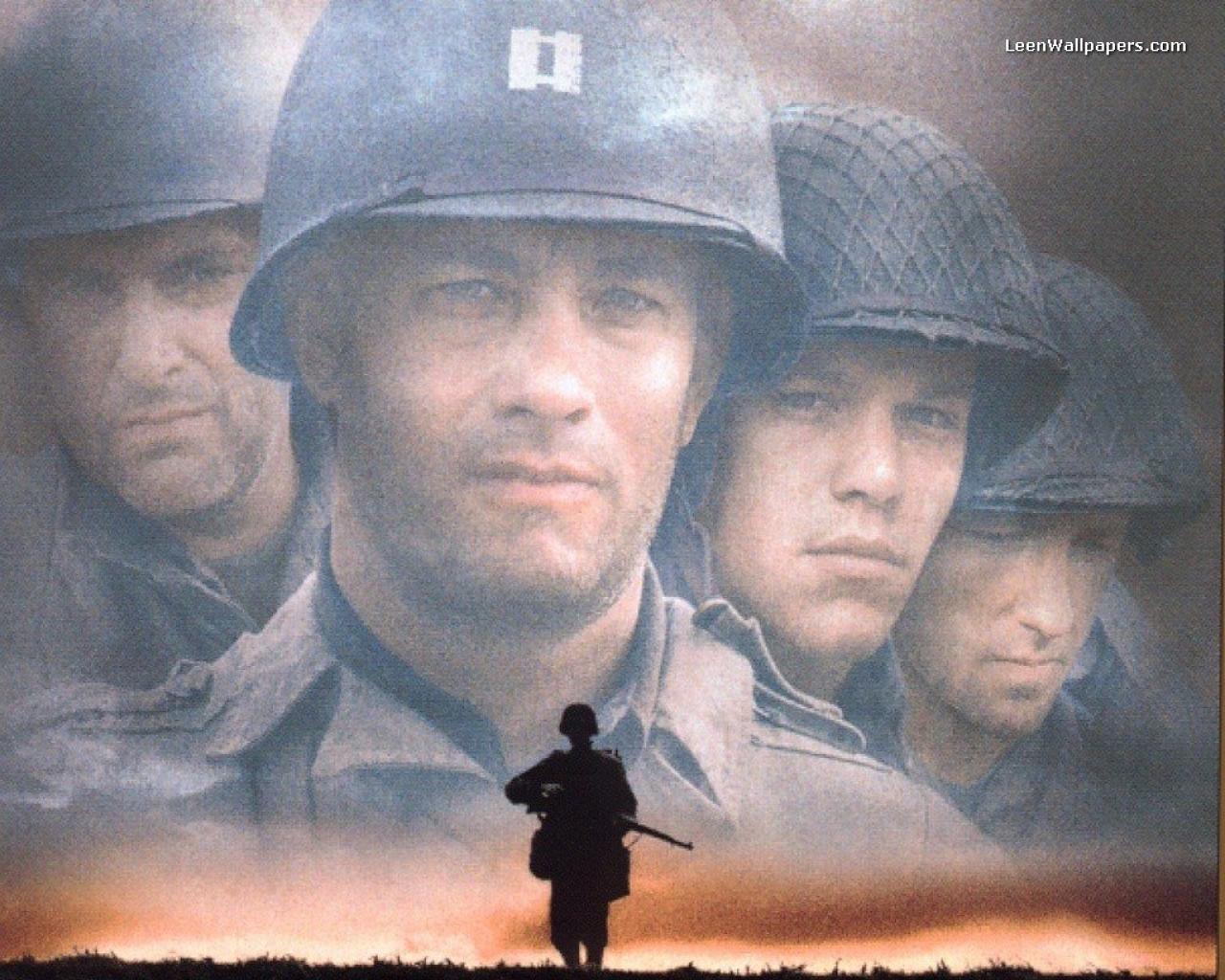

Saving private ryan tank approach town movie#
So in James' mandate to try to make this as a naturalistic, gritty, dirty, rough movie that we're all in the midst of a battle with them, the only way we could really do that with all these sets is to have them standing physically.” And I really think you can tell when it's not physically there. And that's where the limitations of CGI worlds really do come into play because you just don't get that same sort of interaction with sand flying back and hitting people, and them coming up from the water. For the most part, it allows the film’s eloquent, nonjudgmental message to be heard without unnecessary encumbrance - that the true enemy in war is war itself, an insatiable monster that exacts a devastating human price no matter how noble its purpose. - Michael Rechtshaffen, originally published on July 20, 1998.“It's a very naturalistic film and,” Mickle explains, “it's a war film, but it feels like Platoon and Saving Private Ryan and Black Hawk Down where you're literally in the boat with them arriving on the beach from, Saving Private Ryan, with bullets whizzing past you and running through the sand with bullets hitting the sand and jungle leaves hitting your face as they race through. Respectfully underscoring events is John Williams’ looming score, which only occasionally overplays its patriotic hand. The distant, menacing sound of an approaching tank echoes that of the first rampaging dinosaurs in Jurassic Park to chilling effect. The unforgettable D-Day scene aside, there’s a tension-riddled closing sequence in which Miller and his surviving outfit lie in wait for advancing German troops in the middle of a bombed-out French town. Working with a team of ace technicians - including director of photography Janusz Kaminski (an Academy Award winner for Schindler’s List), editor Michael Kahn (another Schindler Oscar winner), production designer Tom Sanders, special effects supervisor Neil Corbould and sound designer Gary Rydstrom - Spielberg does some truly amazing work. Ryan, does strong work in a much more limited capacity.īut if words occasionally fail the picture, the images speak indelible volumes.

Late arrival Matt Damon, as the elusive Pvt.
Saving private ryan tank approach town full#
There’s the always-at-the-ready sergeant (Tom Sizemore), the wisecracking New Yorker (Edward Burns), the tough but tender Italian (Vin Diesel), the Jewish kid with an agenda (Adam Goldberg), the sympathetic medic (Giovanni Ribisi), the Bible-quoting sharp-shooter (Barry Pepper) and the freshly recruited, wet-behind-the-ears interpreter (Jeremy Davis), who has barely held a gun, let alone fired one.Īs actors, all have the right stuff, but Rodat (who co-wrote Fly Away Home), seems content with a Greek chorus full of archetypes rather than something more vividly original, which his able players could have really sunk their teeth into.Įven Hanks, displaying a winning James Stewart fragility certain to secure him an Oscar nomination, could have used a couple more layers in the character complexity department. James Ryan, is missing in action, and the enigmatic but by-the-book Miller has been ordered to take his men behind enemy lines to return him alive.Īccompanying Miller on the unorthodox mission is a squad of loyal but disappointingly monochromatic characters. Meanwhile, back home, as a pool of secretaries busily types letters to be dispatched to families of those killed in the line of duty, it’s discovered that three of the war dead were brothers who perished within days of each other. John Miller (Hanks), takes on an almost surreal quality - a blood-soaked freak show of death and dismemberment. Shot newsreel-style with hand-held cameras and staccato cutting capturing the chaotic confusion of the ill-fated mission, it’s a horrific sequence that, as seen through the eyes of key audience identifier Capt. Traditional wisdom may have favored a Christmas release, but Saving Private Ryan is certain to make the Oscar front line.Īfter a brief framing scene at a modern WWII memorial site, Spielberg plunges viewers smack in the middle of the D-Day landing at Omaha Beach (with the Irish coastline effectively doubling for Normandy), and it’s a baptism by hellfire. While the pull-no-punches graphic violence that resulted in an R rating may limit initial audience potential, the Spielberg-Tom Hanks combination makes for a potent draw. Still, there are moments that come awfully close to perfection. 'Star Wars: Return of the Jedi': THR's 1983 Review


 0 kommentar(er)
0 kommentar(er)
